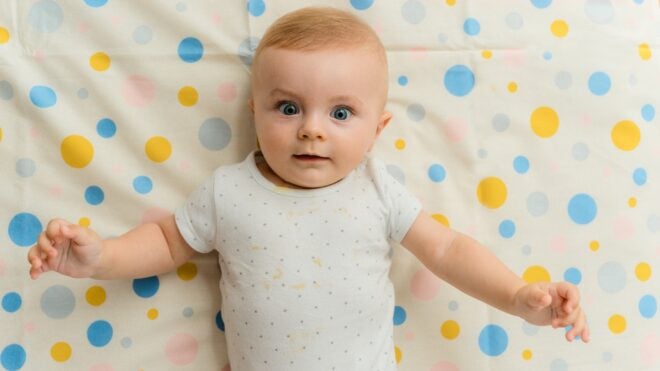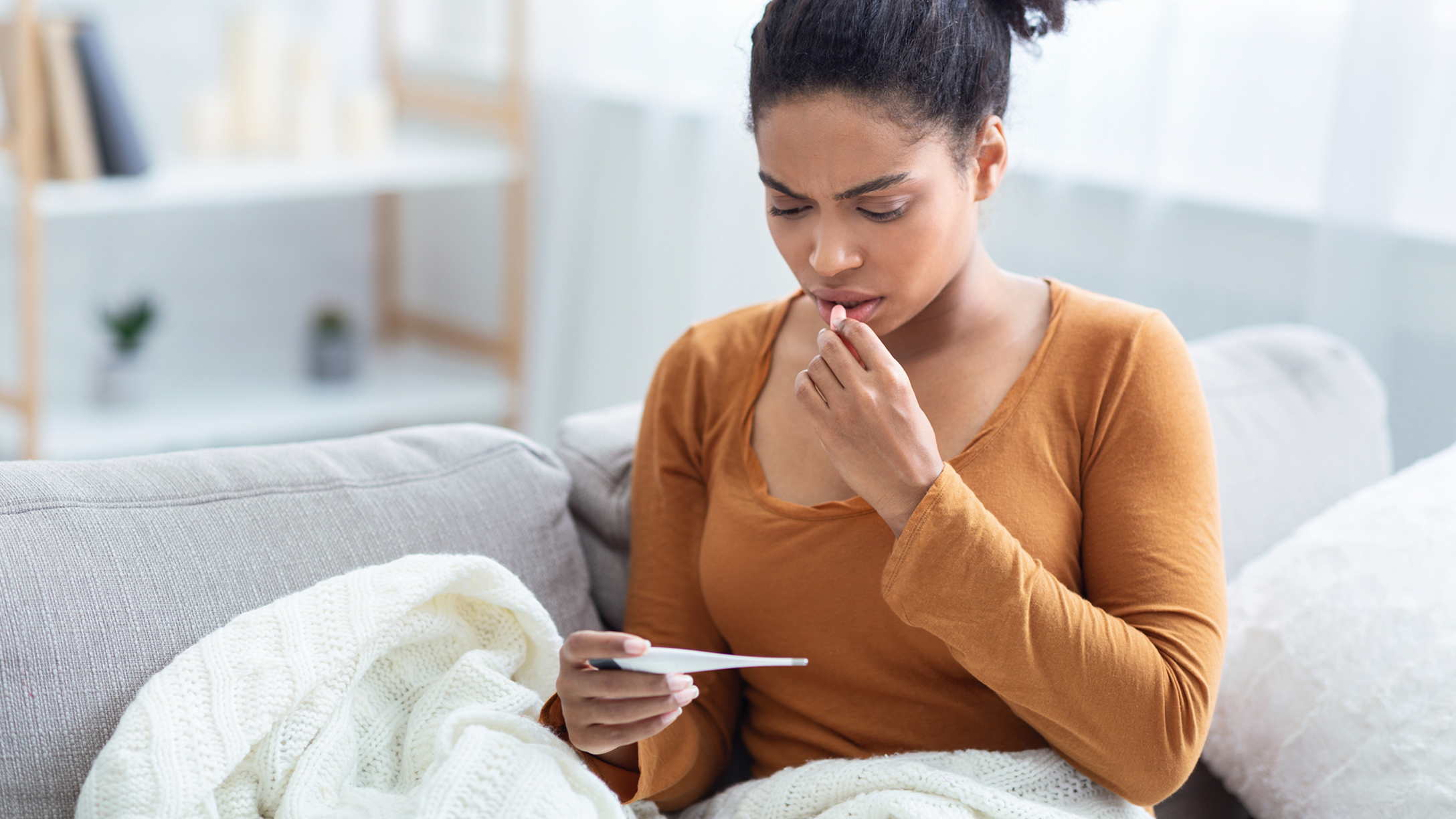
In this article
Due to the COVID-19 pandemic, over the the last 16 weeks the general public received an unexpected crash course in virology. We commiserated, collaborated, and came together virtually to learn how to make face masks to protect ourselves and others. Bread baking and gardening became mainstream as we sought to find ways to channel our nervous energy into something constructive and tangible.
A global pandemic that changed our way of living and thinking has also changed how we will move forward. We’ll likely remain more aware and better able to handle a complete shutdown of our prior way of life. Pantry stockpiles have made a comeback and hand sanitizer and masks will likely become a regular addition in our novel coronavirus arsenal. As we prepare for the uncertain Summer months and a potential COVID-19 spike in the Fall, there are a few things we should all have in our first aid kits.
Basic COVID-19 first aid kit supplies
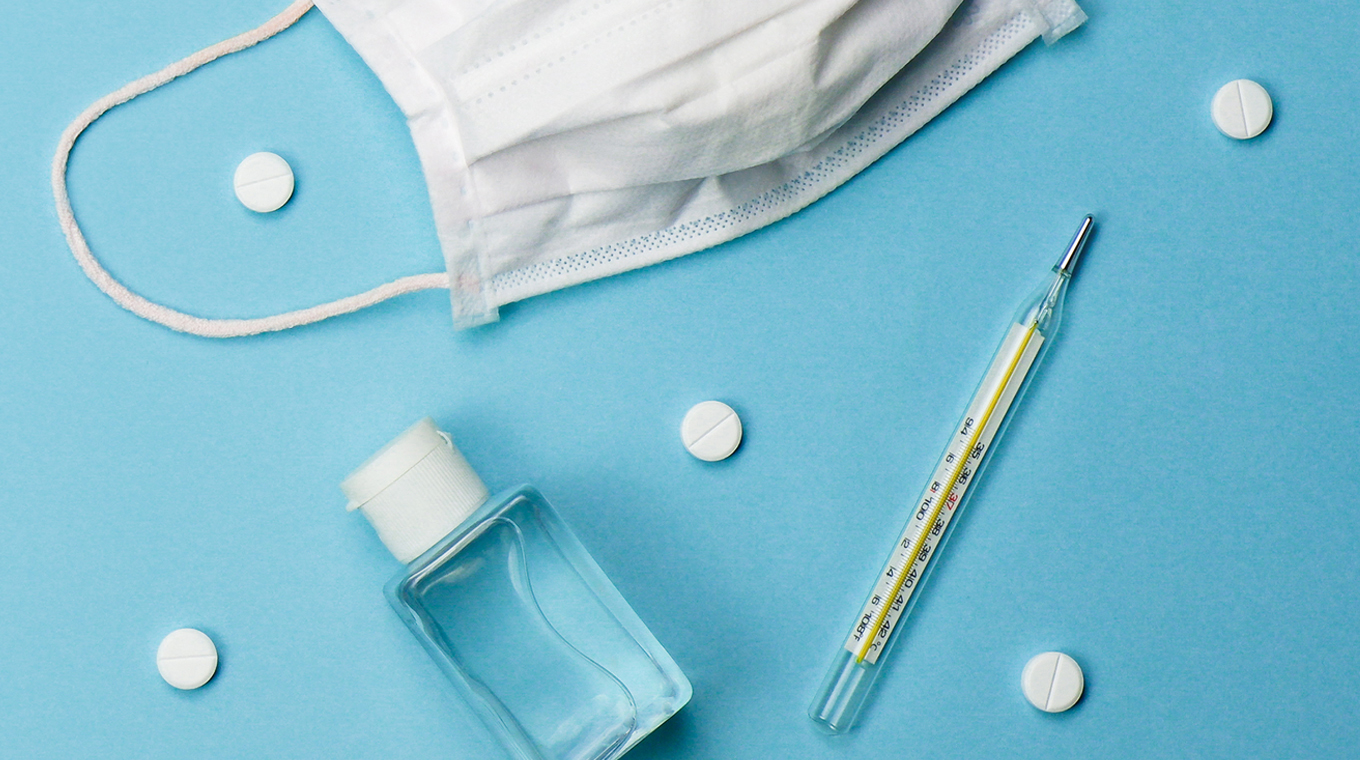
When planning to update or refresh your emergency kit to specifically include COVID first aid kit items, it is important to consider what challenges the novel coronavirus poses. It has been well established that using a mask in public spaces is key. When choosing items for your kit consider how the virus presents. Generally, a sore throat and coughing are some of the first symptoms of COVID-19. Products that ease those symptoms would be helpful. Add in some of these basic supplies and build on it around your family’s needs.
- Thermometer
- Antiseptic wipes
- Gloves
- Hand sanitizer
- General OTC medicines
- Fever reducer and pain medications
Do I need a pulse oximeter?
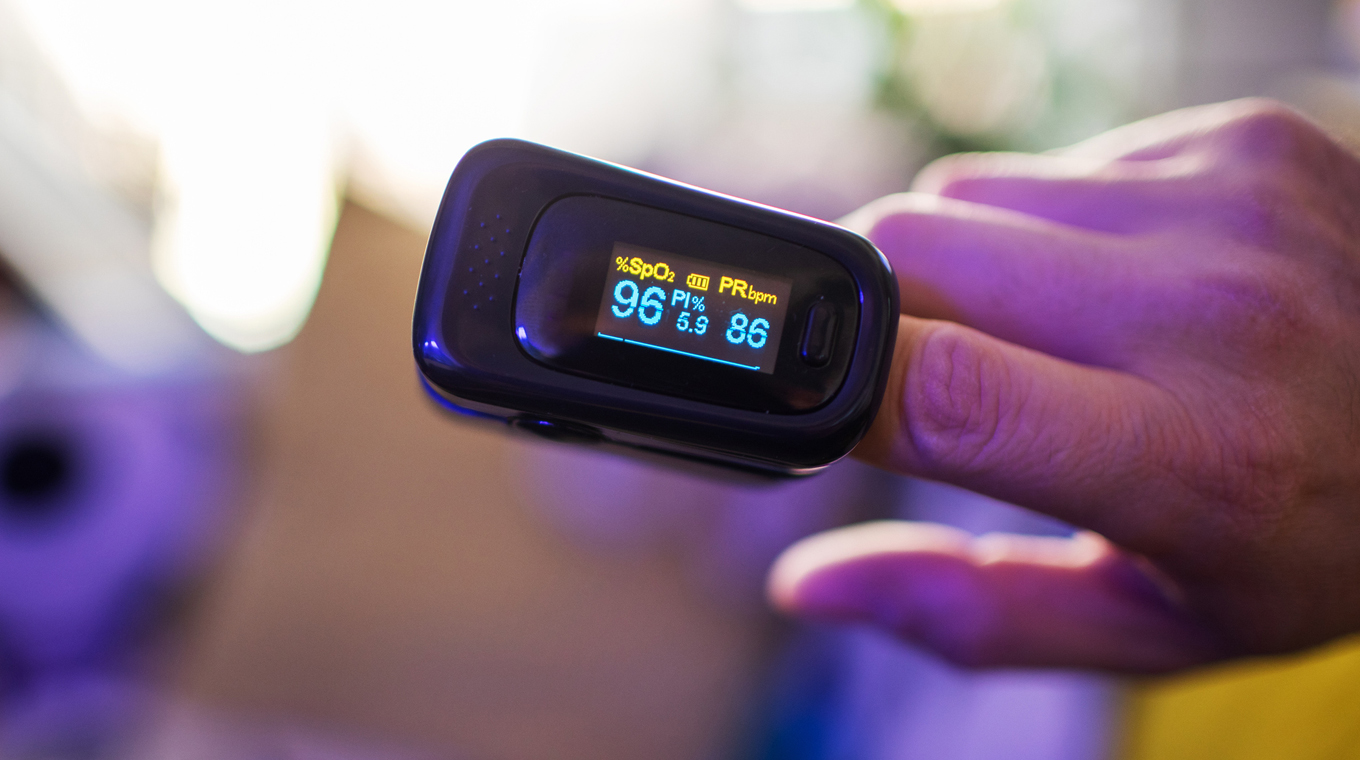
Mom of four Katie Reed explained to Mom.com her reasoning for going all out when stocking her first aid kit. “I was following the virus really early on and I knew things were looking bad, and I was worried we wouldn’t be able to access medical care,” she said. “I was worried about even going near a hospital, so I got everything I could think of that I thought we might be able to use ourselves.”
Her emergency kit includes a comprehensive assortment of medical supplies. “It includes basic first aid stuff like bandages, gauze, trauma shears, alcohol wipes, triple antibiotic, splints, and dressings,” she said.
“But I also got a suture kit, airway kit, CPR kit, tourniquet, iodine wipes, glucose gel, blood pressure cuff and stethoscope, ammonia ampules, sting and bite swabs, water straws, MRIs and instant cold and heat packs,” she continued. “We got nitrile gloves, hand sanitizer, eyewash, and charcoal inserts for our N95 masks that will last us 10 months.”
One symptom of COVID-19 is an increase in heart rate and blood oxygen levels. Pulse oximeters, designed to measure these levels, have been selling out both online and in stores in recent weeks. The device, which clips to the third finger, measures for hypoxemia, a below-normal level of oxygen in the blood. According to Mayo Clinic, normal pulse oximeter readings range from 95 -100 percent, with anything under 90 percent considered low.
Chief Medical Officer of the American Lung Association, Dr. Albert Rizzo warns the public not to get too attached to the numbers. Instead, he suggests they consider their baseline health and note any deviance from that as something to be addressed.
“Although it can be comforting to put a number to a symptom, it is not always necessary, he advised in a New York Times interview last month. “I hate to have my patients fixate on numbers like this,” he said. “I think it’s more important that you listen to what your body is telling you.”
Other supplies to consider for your kit
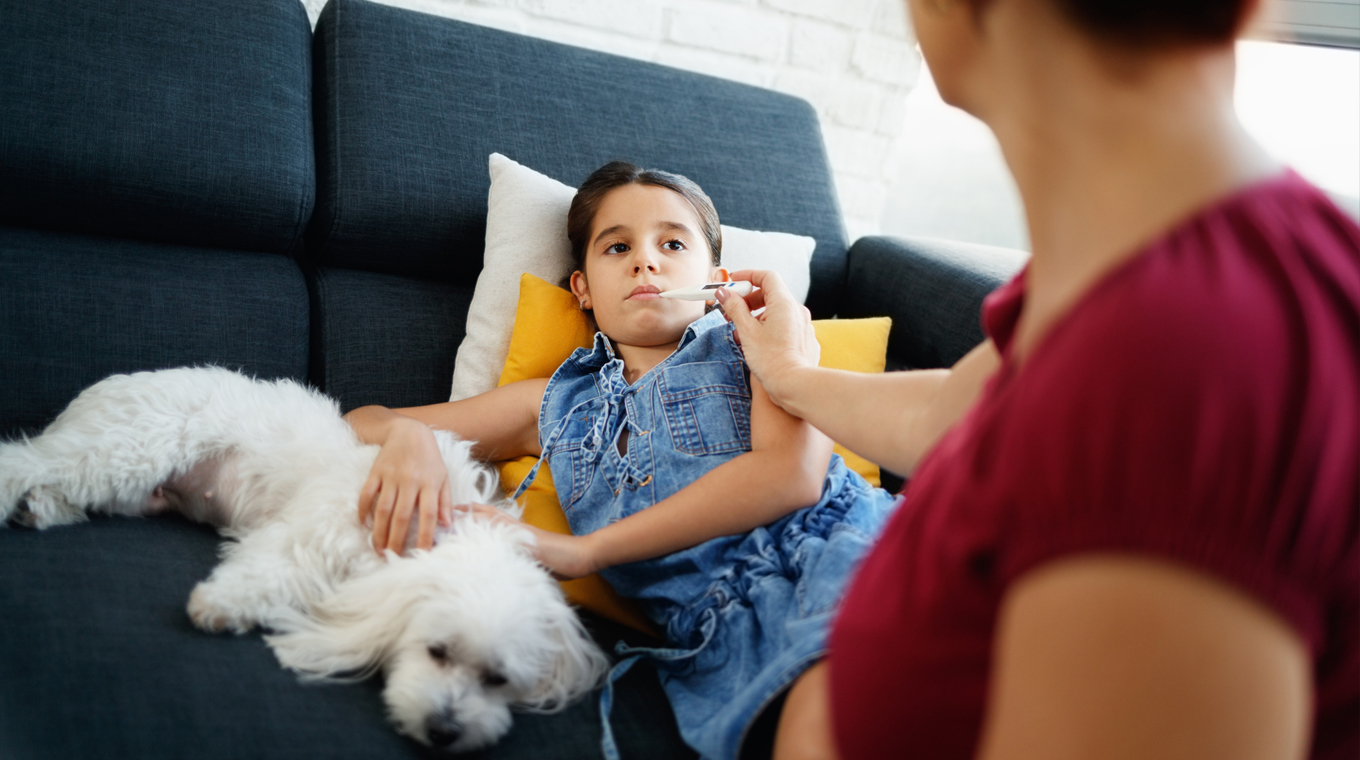
COVID supplies for children and babies
In a recent alert to physicians, the New York City Health Department warned of potential new effects of COVID-19 on children. A ’multisystem inflammatory syndrome’ that mimics Kawasaki Disease Is thought to be a result of exposure to the coronavirus. Kawasaki Disease initially presents as a high fever and rash.
For some of the more common symptoms of COVID-19, parents may wish to create a first aid kit specifically designed for kids so age-appropriate supplies are readily available.
- Sanitizing wipes
- A face mask
- Multi-symptom cold relief
- Kid’s cough medicine
- Children’s pain reliever
- Sore throat lozenge lollipops
Keeping your pets safe
Pet owners may also have COVID-10 concerns for their furry friends. The Center for Disease Control (CDC) suggests that pet owners who test positive for COVID-19, reduce or limit contact with pets as much as possible.
Dr. Jerry Klein, Chief Veterinary Officer for the American Kennel Club (AKC), tells pet owners that using common sense is key. “The general practice of washing our hands after touching a puppy or a dog—that’s normal hygiene,” he stated in an interview on the AKC website.
According the to U.S Food and Drug Administration following these guidelines can keep your pets safe:
- After walks be sure to clean your dog’s paws with grooming wipes
- Practice social distancing when in crowded dog parks
- Ensure your dog does not come in contact with animals and people not in your household





